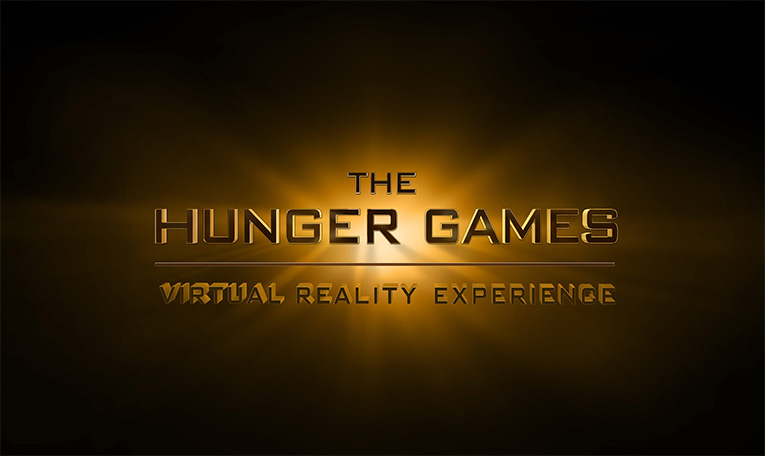The Hunger Games | VR Video
Immerse yourself in a 360° narrative that explores key moments from throughout Katniss’ journey, across all four films in the series The Hunger Games. Using the Google Cardboard virtual reality headset, audiences soar through iconic environments and scenes from throughout Panem.
Watch with a Google Cardboard viewing device and the YouTube app for Android to enjoy the Hunger Games VR Experience in stereoscopic 3D virtual reality, or without to view it using your device’s accelerometer, expanded across the entire view screen. When watching on desktop, be sure to ‘click and drag’ on the video, or use your keyboards arrow keys to explore in 360° space.
Free!
Immerse yourself in a 360° narrative that explores key moments from throughout Katniss’ journey, across all four films in the series The Hunger Games. Using the Google Cardboard virtual reality headset, audiences soar through iconic environments and scenes from throughout Panem.
Watch with a Google Cardboard viewing device and the YouTube app for Android to enjoy the Hunger Games VR Experience in stereoscopic 3D virtual reality, or without to view it using your device’s accelerometer, expanded across the entire view screen. When watching on desktop, be sure to ‘click and drag’ on the video, or use your keyboards arrow keys to explore in 360° space.






